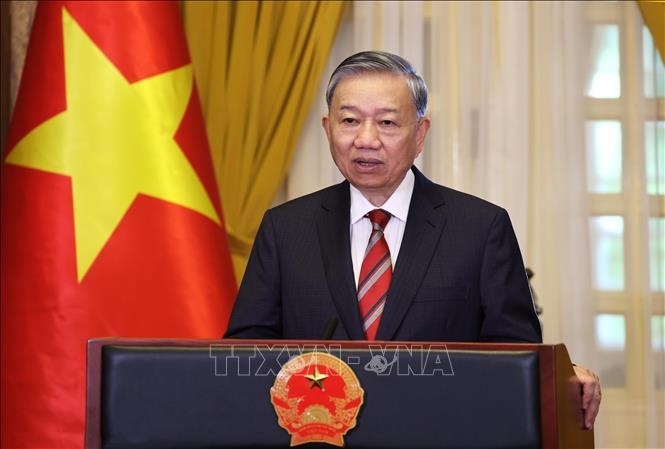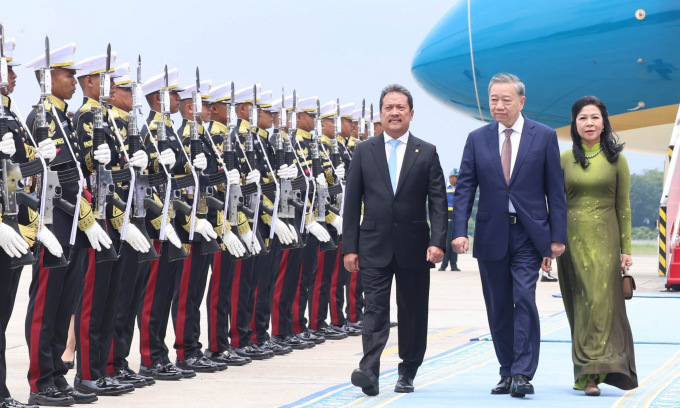Understanding the Current Blue Dollar Landscape in Argentina
Discover the dynamics of Argentina's blue dollar and its impact on financial decisions amid fluctuating exchange rates and rising inflation.

Key Points
- The blue dollar is significantly higher than the official dollar, reflecting ongoing economic tensions in Argentina
.
- Various dollar types, including savings, CCL, and MEP, offer different options for individuals and businesses navigating the currency landscape.
- Upcoming inflation reports may further influence exchange rates and financial decisions, highlighting the importance of staying informed.
As of March 11, 2025, the financial environment in Argentina continues to be shaped significantly by the various exchange rates for the U.S. dollar. The disparity between the official dollar and the blue dollar paints a vivid picture of the economic landscape. Understanding these variations not only aids individuals in navigating their financial decisions but also offers insight into the broader economic conditions of the country.
Understanding the Dollar Rates
Today, the official dollar is quoted at $1046.25 for buying and $1086.25 for selling in banking institutions. In contrast, the blue dollar is much higher, trading at $1205 to buy and $1225 to sell, reflecting a notable 15% gap compared to the official rate. This pronounced difference underscores the ongoing economic tensions that affect currency value in Argentina.

The Various Types of Dollar Exchanges
Argentina recognizes multiple types of dollar exchanges, each serving different purposes:
Inflation and Exchange Rate Dynamics
The upcoming inflation report from the National Institute of Statistics and Censuses (INDEC) is anticipated to reveal inflation rates between 2.2% and 2.6% for February, suggesting a slight slowdown from January. This could further influence the dollar's performance in various markets, as inflation directly affects purchasing power and exchange rates.
A Detailed Look at the Dollar Savings Option
The dollar savings rate has remained relatively stable, showing a 0% variation week-over-week. However, a subtle increase of 1% since the beginning of March indicates that more people might be inclined to resort to this option for protection against inflation. Currently priced at $1412.13, the dollar savings is slightly more than the CCL and MEP options, reflecting the additional tax burdens imposed on savings.
The Broader Implications of Currency Disparities
The existence of these various dollar types highlights the complex realities of Argentina’s economy, often leading to discussions about the need for broader financial reforms. The blue dollar's prevalence indicates a lack of confidence in the official systems and the state’s economic policies. In practice, many Argentinians resort to the blue market, further driving its demand and value.
Furthermore, companies increasingly use the CCL as a means to legally access foreign currency, facilitating international transactions and investments. With its rising popularity, the CCL now offers a glimpse into how businesses are adapting to the financial landscape.
Conclusion: Navigating the Future
In summary, the blue dollar reflects ongoing economic challenges and serves as a barometer for financial decision-making for both individuals and businesses. The various dollar types—each with its purpose and implications—offer a window into Argentina's unique financial ecosystem. As inflation reports emerge and economic policies evolve, staying informed about these exchange rates is crucial for making educated financial choices.


